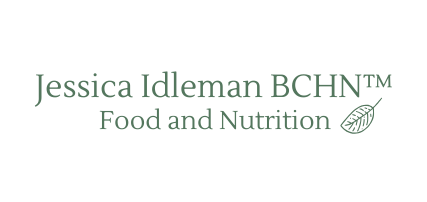Sourdough Milk Bread (Sandwich Bread)
This recipe came from Courtney Queen, at Butter for All. She is an excellent resource for mastering sourdough. I have adapted this recipe only slightly. This is the bread I make the most often at home. It is a soft and slightly spongy bread that is ideal for sandwiches and morning toast but we also use week old or stale bread for French toast or croutons. None of it ever goes to waste.
The recipe makes two loaves of bread and freezes well. After the loaves have cooled, I like to cut them in half and move all but one of the halves to the freezer. I keep the other half loaf in the refrigerator to use and pull another half loaf out of the freezer as needed. This keeps me from letting bread go stale, and it stays fresh.
During the school year, I execute this recipe about once a week, for breakfasts and the lunchbox. If I have old milk that no one wants to drink, I will sometimes make this bread just to use the milk before it spoils, and then immediately move it to the freezer for a future week when I can’t make it, or to have one on hand for a gift. Folks LOVE this bread. The glutamates in the older milk makes this bread even better. It’s got an almost cheesy, buttery fragrance that’s like catnip for people. It makes heavenly toast.
Just like with a traditional sourdough recipe, I start this process almost 1.5 days before. I feed my starter first thing in the morning, in order to be able to make the dough by the afternoon. The dough usually requires a solid 24 hours of rise time. Sometimes this is longer in the winter months when the air is more dry. Rise time can be extended by moving the loaves to the refrigerator for the final rise.
Prep time: 10 minutes
Cook time: 30 minutes
Total time: 1.5 days
Equipment: Two standard 5x9 sized bread pans
Ingredients
4.5 cups organic, unbleached, all-purpose flour (King Arthur and Kirkland’s Organic brands work best in this recipe).
2-2.5 cups of organic whole milk (I use raw milk)
3/4 cup of active sourdough starter
2 tablespoons of raw honey or maple syrup
2 teaspoons of kosher salt
Directions:
Feed your sourdough starter 4-8 hours in advance.
Sift flour and salt into an oversized bowl.
Using a 4 cup glass measure combine your starter with the honey. I use a fork for this. Add the 2 cups of milk and using the fork, whisk until smooth. Slowly stir in milk mixture with the flour. Add more milk as needed, until all of the flour has been absorbed. Do not over work the dough. You just want everything to be well combined.
Cover the bowl with a clean cloth and leave for 30 minutes. Just as you would for a traditional sourdough recipe, return to the bowl every 10-20 minutes to an hour for fold and turn session. With wet hands, pull a corner of the dough away from the bowl and fold in over. Give it a quarter turn and repeat 4 times.
Leave the dough, covered and undisturbed for 10-12 hours. I use an oversized bowl for this recipe (7” deep 10.5 inch wide bowl) and let the dough proof until it’s about an inch from the top of the bowl.
Butter two loaf pans and set them aside. (I use glass 5x9 loaf pans)
With buttery hands, from the loaf pan, pull your dough out of the bowl, being sure to grab any that is clinging to the sides of the bowl. Gently lay the dough on a floured surface and divide in half. Take each half and drop into one of the buttered loaf pans. Gently stretch and press the dough to evenly distribute across the pan, reaching all corners and being careful to create an even surface.
Cover and let rise at room temperature until double in bulk for the final rise. This takes 2-4 hours minimum.
Preheat your oven to 400℉.
Cover your loaves with an aluminum foil tent. Bake both loaves side by side in the center of the oven for 15 minutes. After the first 15 minutes, rotate the loaves and bake for another 15 minutes, removing the foil for the last 5 minutes of bake time to allow them to brown properly.
Remove the loaves from the oven and let them cool for 5 minutes before turning the loaves out of the pans and cooling them completely on wire racks.
Notes:
Using aluminum to tent or cover your loaves in the oven may not be necessary for all ovens. Smaller oven chambers with top coils, may run hot and will burn bread if it’s not covered.

